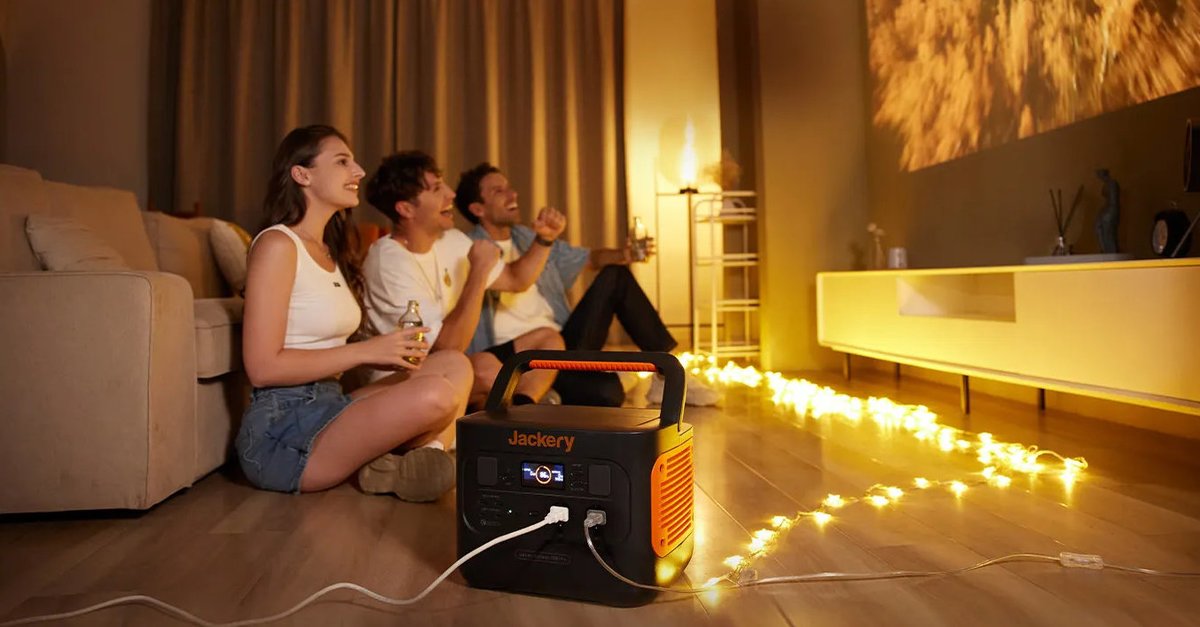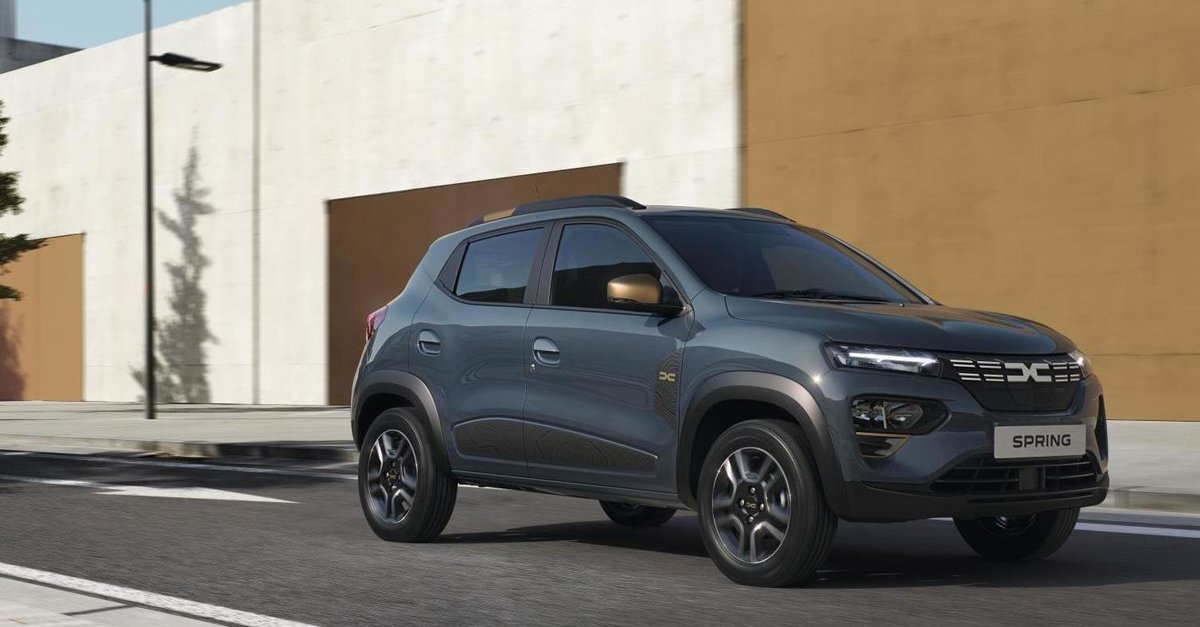Porsche 918 Spyder – the big bang of electrification
When you hear Porsche, you inevitably think of sports cars. This is particularly true of the Porsche 918. The legend and success of Porsche are without question to a large extent based on their commitment to motorsport, which continues to this day. But if you look at the different models, you quickly notice that Porsche is no longer the pure sports car manufacturer than the one they once started, but that they now cover a much broader spectrum.
This trend certainly began with the very successful SUV, such as the Cayenne, which when it was first introduced caused an outcry among the sworn Porsche community: An off-road vehicle from Porsche; that’s not possible !?
The success of the Cayenne was certainly one of the cornerstones for the entire company’s development. In addition to the Cayenne, there is also its little brother, the Macan, and the Panamera sedan.
In March 2010, Porsche presented the Porsche 918 for the first time at the Geneva Motor Show. The vehicles, limited to 918 units, were delivered from November 2013 to 2015.
In this article I would like to look back on the Porsche 918 today and explain why it was not only ahead of its time, but also why, in my opinion, it was even pointing the way towards electrification for Porsche.
The decisive factor in my efforts to test the Porsche 918 was the fact that the 918 was repeatedly referred to for other vehicles at several Porsche events. I want to be completely honest with you guys, I found it very difficult to believe that the Porsche Cayenne Turbo S E-Hybrid could have anything in common with the Porsche 918.
Contents
Technical data Porsche 918 Spyder
If you look at the technical data of the Porsche 918, it is difficult to believe that it is supposed to be an almost 8 year old car.
The combination of a combustion engine with two (!) Electric motors is rather rare even for today’s times.
| Engine type | 4.6 L naturally aspirated V8 engine and 2 synchronous motors |
| Mounting position | in the middle lengthways |
| Displacement | 4593 cc |
| Bore × stroke | 95.0 x 81.0 mm |
| Power (petrol engine) | 447 kW (608 hp) at 8500 rpm |
| Liter output | 97.3 kW / l |
| Power (electric motors) | front 95 kW rear 115 kW |
| Overall performance | 652 kW (887 hp) |
| Max. Torque | 1280 Nm (in 7th gear) at 1000 min−1 |
| Power transmission | |
| drive | All-wheel drive |
| transmission | 7-speed double clutch |
| Dimensions | |
| Length × width × height | 4645 × 1940 × 1167 |
| wheelbase | 2730 mm |
| Empty weight | 1,674 |
| Mileage (factory information) | |
| Top speed | 345 km / h |
| acceleration (0-100 km / h) |
2.8 s |
| acceleration (0-200 km / h) |
7.9 |
| acceleration (0-300 km / h) |
23 |
| Driving performance (test results) | |
| Top speed | 351.5 km / h |
| acceleration (0-100 km / h) |
2.53 s |
| acceleration (0-200 km / h) |
7.0 s |
| acceleration (0-300 km / h) |
19.1 s |
I know that the consumption figures for hybrid vehicles are often discussed controversially today. The Porsche 918 is no exception here, because the consumption (NEDC) specified by Porsche is 3.1 liters. At this point I can already reveal that I used significantly more in my test.
The 6.5 kWh battery is sufficient for up to 30 km of all-electric driving.
The basic price of the Porsche 918 was € 768,026 and the 918 I equipped with the Weissach package starts at € 839,426.
Porsche 918 – My driving impression
A look at Porsche’s own online shop currently shows 4 used 918s that are for sale. In terms of price, these range between EUR 1 -1.4 million. Accordingly, I was delighted when Porsche made it possible for me to drive a Porsche 918 from the Porsche Museum for a day at my request. My story pitch was to do an article and a video together with the BMW i8, which I also think was a car that was way ahead of its time.
The whole action took place in the summer. But unfortunately there are always very rainy days in the German summer and that’s exactly what I got for my day driving the Porsche 918.
To this day I still struggle a little with the weather that day. But complaining is of little use in the weather, so we tried to make the best of it. By the way, we are: Jonas Speck for the photos, Jonas Bomba and Julian Pfeil for the video. On my private blog, I reviewed the day in more detail. You can read the whole thing here:
As the saying goes Nothing can be so bad that it is not good for something.
In the case of the rainy Porsche 918 exit, for me it was the fact that I probably had more time and concentration for the details and controls in the interior. Therefore, I will shorten the driving impression a little – if you want to see more, you can do so in the above blog from me.
To summarize the driving impression briefly: the 918 is a hypercar! It drives as you would expect from a hypercar.
Porsche 918 the electric waypoint
Much more important than my impressions of driving are the technological aspects that I discovered in the Porsche 918, which you can still find in new Porsche models today.
The first parallel to modern Porsche hybrid vehicles is immediately apparent at the start. If you turn the start switch, you won’t hear anything. To this day, it’s something that can confuse people with a hybrid Porsche: the absence of engine noises is something that is simply not associated with Porsche. Every hybrid Porsche since the 918 starts in electric mode.
In my experience, you can still regularly read the confusion on the faces of pedestrians when suddenly a Porsche Cayenne rolls past them silently. And if you don’t expect silence in an off-road vehicle, then certainly not in a sports car like the Porsche 918.
With a range of 30 km, the hybrid drive is certainly not intended to be primarily driven purely electrically. That is why you usually use a feature immediately after the start that has made it from the Porsche 918 to almost all modern Porsches.
The rotary knob for selecting the driving program can now be found in a slightly modified form in almost every new Porsche. In the Porsche 918, the whole thing was still called the “map switch”, based on motorsport. Map in this case stands for map. Depending on your choice, the 918 controls the most suitable operating and boost strategy without any further action on the part of the driver.
Porsche describes the five modes for the three engines as follows:
- Quiet and elegant: “E-power“
- Efficient and comfortable: “Hybrid”
- Sporty and dynamic: “Sports hybrid”
- For fast laps: “Race hybrid”
- For the pole position: “Hot lap”
Of course, you can tell that the driving modes have been adapted to the special requirements of an extreme sports car. But the basic idea and the position of the rotary switch have remained the same to this day.
At this point, the type and position of the gear selector lever should also be briefly mentioned, which was adopted almost 1: 1 in the Taycan and has at least almost the same shape and feel in other current cars.
Another relationship becomes clear when driving. The way in which the drive is distributed to the three engines and their cooperation is coordinated is very reminiscent of what we are used to from the new Porsche hybrid models today. In my opinion, the interplay and “meshing” of internal combustion and electric motors at Porsche is particularly successful. Everyday driving is absolutely calm, which is hard to believe with 880 hp. If you opt for a more sporty driving style, the Porsche uses the electric motors to ensure rapid forward propulsion, especially in the lower speed range, so that the combustion engine can take over seamlessly.
Again, I want to go back to that long YouTube videowhich belongs to my podcast. There you can see very nicely how the interaction takes place. There is also another one of their own Article there with behind-the-scenes information
The special thing about Porsche is that the hybrid drive is not just lip service for more environmental friendliness. It undeniably has a positive effect on the environmental friendliness of the car, but at the same time it makes the combustion engine better: the best of both worlds.
If you look at the arrangement of the cockpit and infotainment system, you can see a clear separation between the cockpit and the center console. The three round instruments contain everything you need to know about driving.
Media, communication and vehicle settings can be found in the infotainment area in the center console. The raised center console can now be found in a somewhat distilled form in the fully electric Porsche Taycan.
A division that you can still find in all Porsche models today.
The Taycan shares another design feature with the Porsche 918. As a driver, looking over the “bonnet”, you can see the clearly formed humps on the front wheel arches. A detail that only very few people will recognize, because you need the experience that you only get when you’ve driven the Porsche 918.
Porsche on the way to the electric age
Largely unnoticed by the public, with the 918, Porsche has steered towards a future with emission-free vehicles. By 2025, half of all vehicles with electric drives should be sold.
Porsche is working on many different levels to build more sustainable cars. Electromobility is a key element in this. In my opinion, the Porsche Taycan Turbo is currently the reference car among the BEVs. I have the Porsche Cayenne Turbo S E-Hybrid referred to as a car of reason and would do it again, as I can think of no reason why one should do without the hybrid drive. From 2022, the Macan will only be available electrically.
In addition to all the electrification, Porsche will also be one of the manufacturers who will have a combustion engine in their range for at least a few models for a long time to come; but in the future these will tend to be the exotic ones in the product portfolio.
But it will be some time before Porsche will do without combustion engines entirely. In addition to future cars, one should not forget that Porsche vehicles are driven for a very long time. There are numbers circulating on the Internet that say that 70% of all 911s built are still being driven today.
For this reason, Porsche announced in September that it was researching synthetic fuels. So-called eFuels are produced from CO2 and hydrogen with the help of regenerative energy. In terms of their basic properties, they do not differ from kerosene, diesel or petrol made from petroleum. Ideally, however, they are a climate-neutral fuel.
According to Michael Steiner, Porsche’s Chief Development Officer, the combustion engine will dominate the automotive world for many years to come.
“Electromobility is an absolutely inspiring and convincing technology. But taken on its own, it is moving us less quickly towards sustainability than we want to. That is why we are also committed to the topic of eFuels – also with regard to possible uses in motorsport. ” Michael Steiner
I know that eFuels are often controversial at the moment. At Porsche, too, we are aware that it is significantly more efficient to charge electric cars directly with regenerative energy than to use them to produce a synthetic fuel. But that alone cannot be a reason not to work on a way of not being able to drive all the existing combustion engines with zero emissions, at least on paper.
Because I’m sure of one thing: the Porsche 918 is already a legend and a guide, and in 10, 20 or 30 years, it will still be fun to drive.








